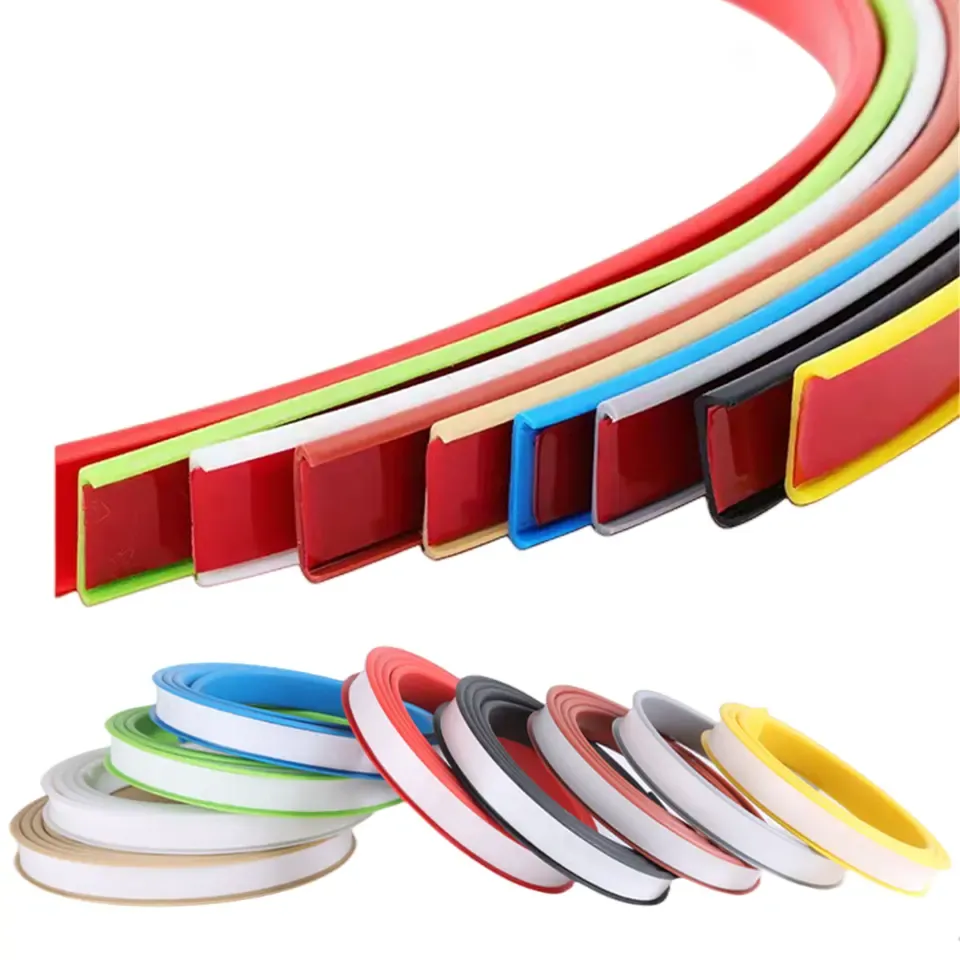seal crack under door
Understanding the Problem of Seal Cracks Under Doors
A well-sealed door is crucial for maintaining the comfort and efficiency of a home. Yet, one of the most common issues homeowners face is a seal crack under the door. These gaps can lead to a range of problems, including drafts, insects entering the home, energy loss, and even noise disturbances. Addressing the crack under a door not only enhances the aesthetic appeal but also contributes to an eco-friendly household.
The Importance of a Proper Seal
A door seal serves multiple purposes. Primarily, it acts as a barrier to prevent air from leaking in or out of your home. This is especially important in areas with extreme weather conditions, as any loss of heated or cooled air can lead to increased utility bills. According to studies, proper sealing can save homeowners anywhere from 10% to 30% on electricity bills, depending on their location and the severity of gaps in the home.
Aside from energy efficiency, a well-sealed door can prevent unwanted pests from entering your home. Insects, rodents, and other critters often seek shelter indoors, especially during colder months. A seal crack under the door provides an easy entry point for these pests. By ensuring a proper seal, you not only protect your living space but also maintain your family’s health.
Additionally, soundproofing is another essential aspect influenced by door seals. Gaps under the door can lead to a noisy environment, allowing outside disturbances to interrupt your peace. This is particularly important for bedrooms, home offices, or any space intended for relaxation or concentrated work.
Identifying and Addressing Seal Cracks
seal crack under door

Identifying a seal crack under a door can be quite simple. Homeowners can perform a basic inspection by closing the door and checking for any visible gaps. A flashlight can be a useful tool shine the light at the bottom of the door and look for light leaking through. If you notice beams of light peeking through, it's time to take action.
There are several methods to address seal cracks. One of the most common solutions is to install a door sweep. This is a flexible strip that is attached to the bottom of the door, effectively covering the gap. Weatherstripping is another effective method for addressing air leaks; it involves applying adhesive-backed foam or rubber strips to the door frame. This not only seals gaps but also provides insulation.
In some cases, homeowners may need to adjust the door itself. If a door has sagged over time, it may no longer align properly, leading to larger gaps. Tightening the hinges or using shims to adjust the height can often restore the door to its proper position, ensuring a snug fit.
Long-Term Benefits of Sealing Door Gaps
Taking the time to seal cracks under your doors is an investment in your home’s efficiency and comfort. Not only does it contribute to lower energy bills, but it also enhances your indoor environment by keeping out pests and reducing outside noise. Moreover, by maintaining a well-sealed home, you can potentially increase the property’s resale value.
In conclusion, seal cracks under doors should not be overlooked. They represent a significant factor in a homeowner's overall quality of life. With little effort and a few improvements, you can create a more comfortable, energy-efficient, and pest-free living space. Homeownership involves constant maintenance, and ensuring your doors are properly sealed is one of the simplest yet most effective steps you can take towards a healthier home.
-
Under Door Draught Stopper: Essential ProtectionNewsJul.31,2025
-
Garage Door Seal and Weatherstrips for ProtectionNewsJul.31,2025
-
Edge Banding Tape for Perfect EdgesNewsJul.31,2025
-
Table Corner Guards and Wall Corner ProtectorsNewsJul.31,2025
-
Stair Nose Edging Trim and Tile Stair SolutionsNewsJul.31,2025
-
Truck Bed Rubber Mats for Pickup BedsNewsJul.31,2025
-
Window Weather Stripping for Noise ReductionNewsJul.29,2025